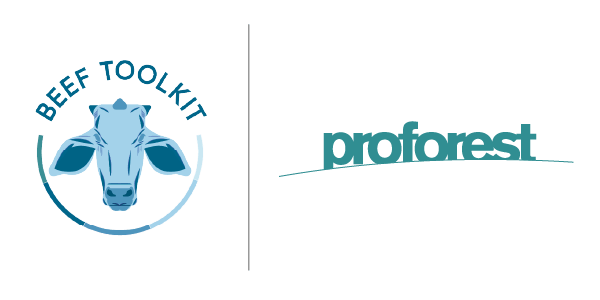Element 4: Establish a Beef Purchase Control System
Purchase control systems can help companies to buy and sell deforestation- and conversion-free beef, as well as identify policy breaches and take positive action to address non-compliance and thus deliver on their policy commitments.
This element aims to:
Outline key steps and tested tools for companies to develop purchase control systems that flag non-compliance at production level
Support upstream companies buying directly from producers, with a focus on tools and approaches that are being used in Brazil for monitoring and assessing beef producers
Provide information for downstream companies to help them understand the challenges their beef suppliers face, and what potential solutions exist
Provide a basis for dialogue between upstream and downstream companies on goals and agendas
The Purchase Control System process
Defining Purchase Control Systems
Purchase control systems (PCS) aim to verify the compliance of a purchase against a company’s purchasing policy. They are practical tools that allow companies to monitor and verify defined criteria during the procurement process. Usually this relies on basic information from the cattle suppliers, like the ID number of the cattle supplier, or geographical data about cattle farms.
Defining databases to check minimum requirements
A number of different databases exist which enable beef buyers to screen their suppliers against certain criteria, including deforestation and human rights violations such as slave labour. When choosing which databases to use, a company must define the minimum criteria it wishes to screen against, and assess the available databases to identify which is most appropriate for its requirements.
Setting a monitoring system
After defining which databases are to be used, the next step is to set out a monitoring system. This involves identifying what data is needed about suppliers, setting out a clear monitoring procedure, training staff in how to use it, and defining what will happen to a supplier that is found to be noncompliant. Noncompliant cattle suppliers should be engaged and investigated further before any decisions are made around suspension.
Reintegrating suspended suppliers
Many buyers automatically suspend noncompliant suppliers from their supply chain. However, this can create problems by causing a shortfall in supply, and it does not solve the social or environmental issues on the ground, as noncompliant producers can find alternative cattle buyers with less stringent policies. Therefore, the best approach is to engage directly with noncompliant suppliers, supporting them to develop a timebound corrective action plan so that they can achieve full compliance.
Key points
Although the process outlined above is mainly relevant for upstream companies, downstream actors can assess their upstream suppliers’ PCS as an indicator to track progress on their own commitment.
Purchase control systems may not be sufficient to assess companies’ full commitments, but they are important tools for implementing responsible sourcing practices, as they offer a standardised means of assessment, and are an efficient way to run automated assessments for large supply bases.
More information in the briefing note below - BN04 Purchase Control Systems








